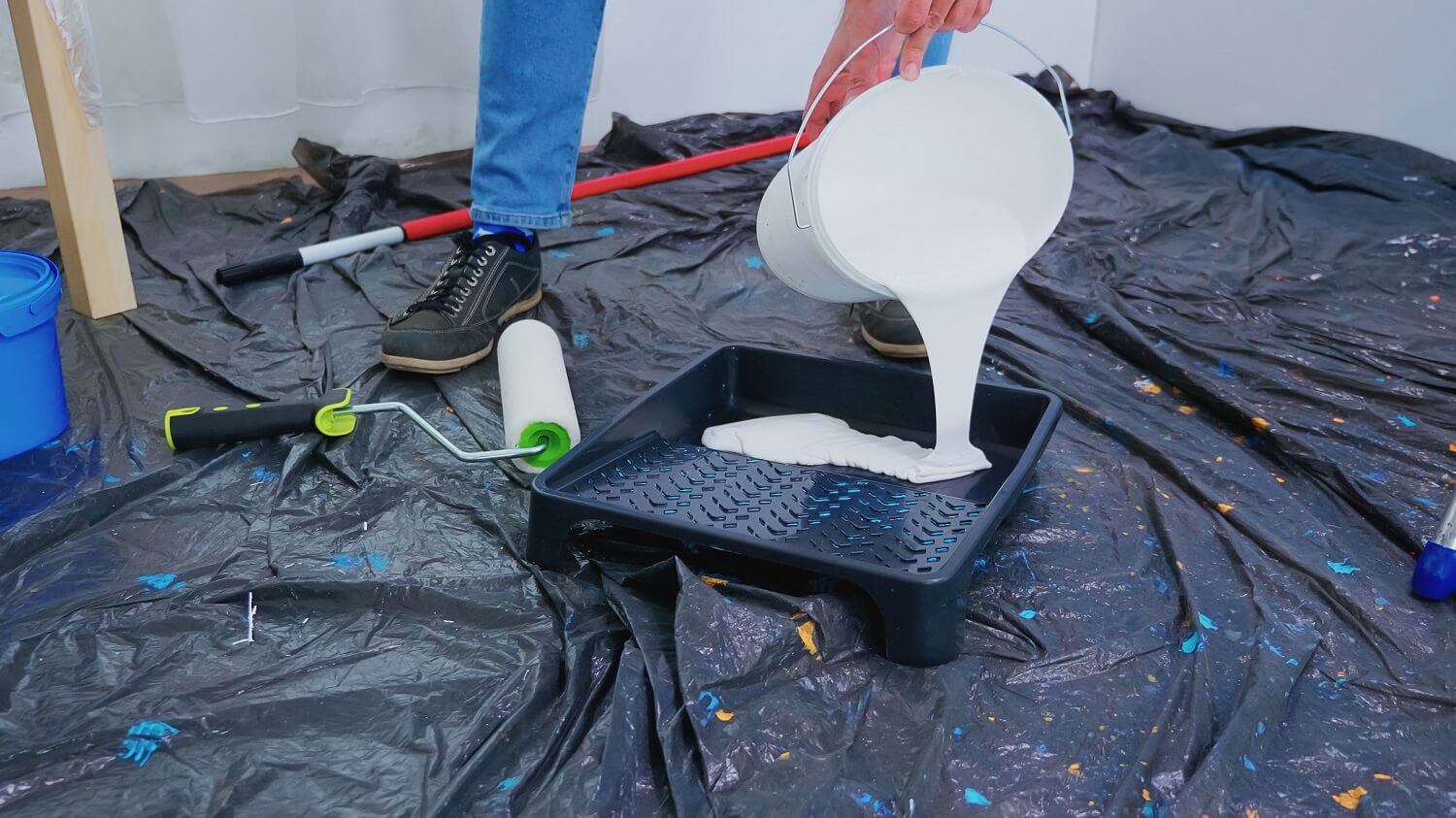Interior painting is an effective and affordable way to update and refresh your home’s look and feel. If you’re planning to paint the interior of your Frankston home, there are several important factors to consider to ensure a successful and satisfactory outcome. In this guide, we’ll cover everything you need to know about interior house painting Frankston, including colour selection, preparation, painting techniques and finishing.
Ultimate Guidance for Interior House Painting Frankston
Choosing the Right Colours
Choosing the right and suitable colours for your house interior is one of the most critical decisions you’ll make. The colours you select will have a significant impact on the mood and ambiance of each room. Consider the function of each room and your personal preferences when selecting colours. Lighter colours tend to make rooms appear larger and more spacious, while darker colours can create a cosy and intimate atmosphere. Neutral colours such as beige, grey, and white are timeless and versatile, while bolder colours such as red, blue, and green can add personality and character to a room.
Preparing the Walls
Preparing the walls before painting is essential to ensure that the paint adheres well and looks smooth and even. Start by cleaning the walls thoroughly with soap and water to remove any dirt, grime, or grease. Allow the walls to dry completely before filling any cracks, holes, or dents with spackle or filler. Sand the walls lightly to ensure a smooth surface, and then apply a coat of primer to help the paint adhere better and provide a more even finish.
Painting Techniques
There are several painting techniques you can use to achieve different effects and textures on your walls. The most common technique is to use a paint roller to apply the paint in even strokes. Use a high-quality roller to avoid leaving behind fibers or debris on the wall. If you’re painting a large area, use a paint tray to hold the paint and load the roller evenly. To avoid overlapping strokes, roll the paint in a “W” or “M” pattern, and always work from the top down.
If you want to add texture to your walls, consider using a technique called sponging. Sponging involves applying paint to a sponge and then dabbing it on the wall to create a textured effect. Another technique is called rag rolling, which involves rolling a rag through wet paint on the wall to create a unique pattern.
Finishing
Finishing is an essential part of interior house painting Frankston. The finishing coat is the final layer of paint applied to the walls to provide a smooth, even, and long-lasting finish. When selecting a finishing coat, consider the type of paint you’re using, the room’s function, and your desired level of sheen. High-gloss finishes are durable and easy to clean, making them ideal for high-traffic areas such as kitchens and bathrooms. Matte finishes, on the other hand, provide a subtle and sophisticated look and are ideal for bedrooms and living rooms.
Hiring a Professional Painter
While painting your home’s interior may seem like a fun DIY project, it’s always best to hire a professional painter for the best results. A professional painter will have the skills, tools, and experience to ensure that the job is done correctly and efficiently. They will also be able to advise you on colour selection, preparation, painting techniques, and finishing to achieve the best results for your home. Hiring a professional painter can also save you time and money in the long run by avoiding costly mistakes and ensuring that the job is done right the first time.
In conclusion, interior house painting Frankston can transform your home’s look and feel, creating a vibrant and welcoming space that reflects your style and personality. By choosing the right colours, preparing the walls properly, using proper painting techniques, and finishing.


